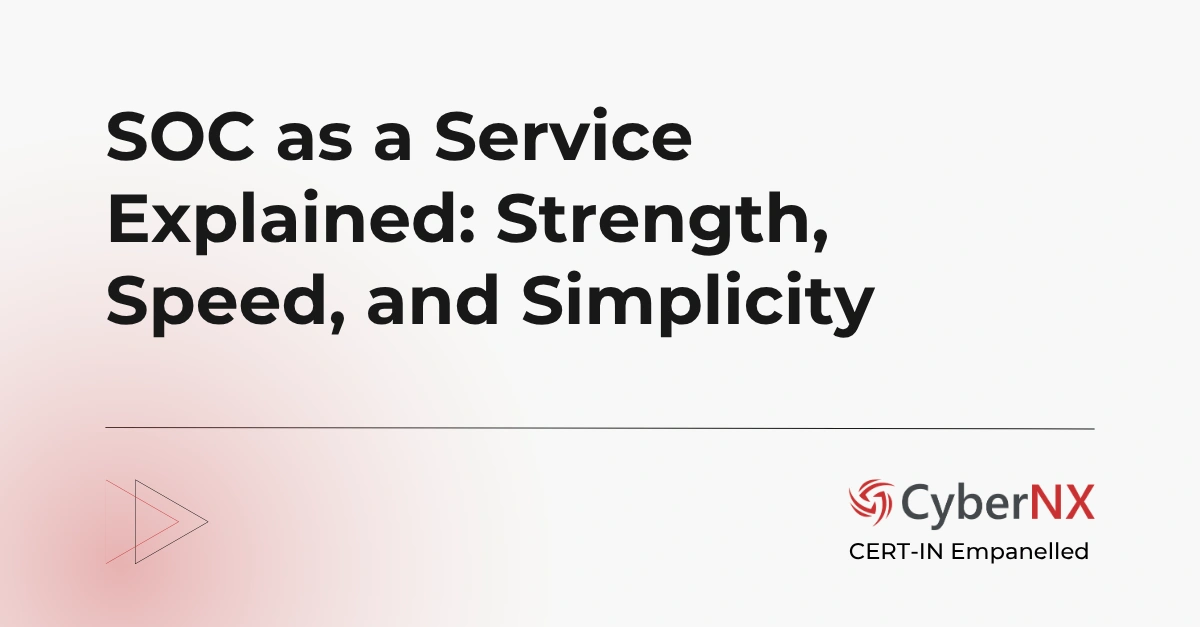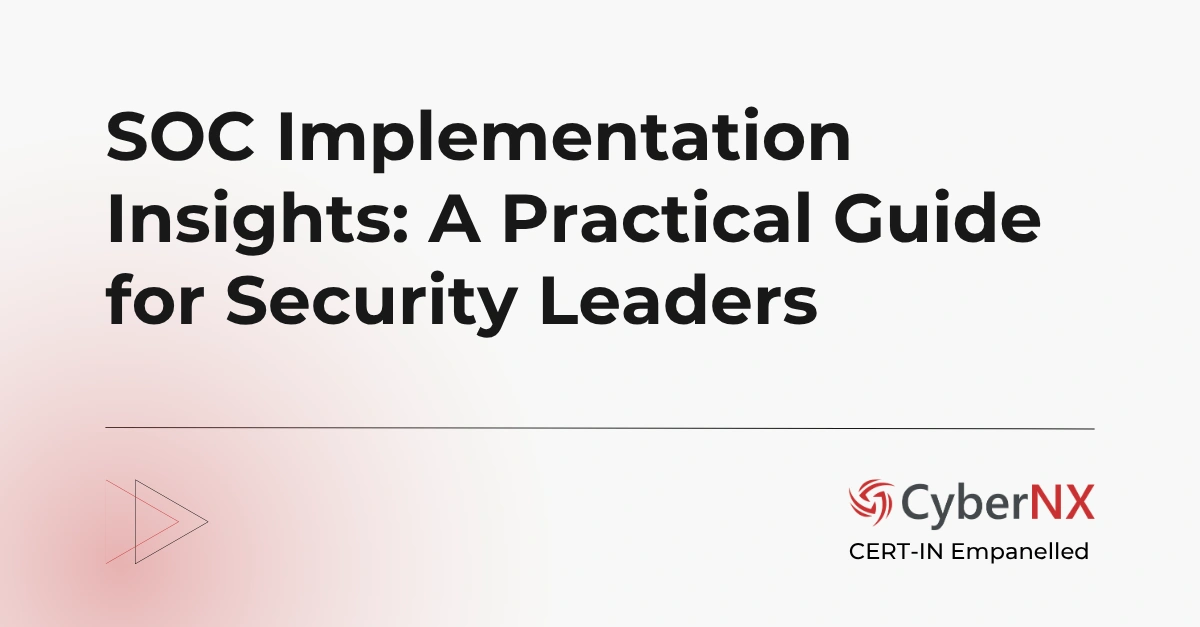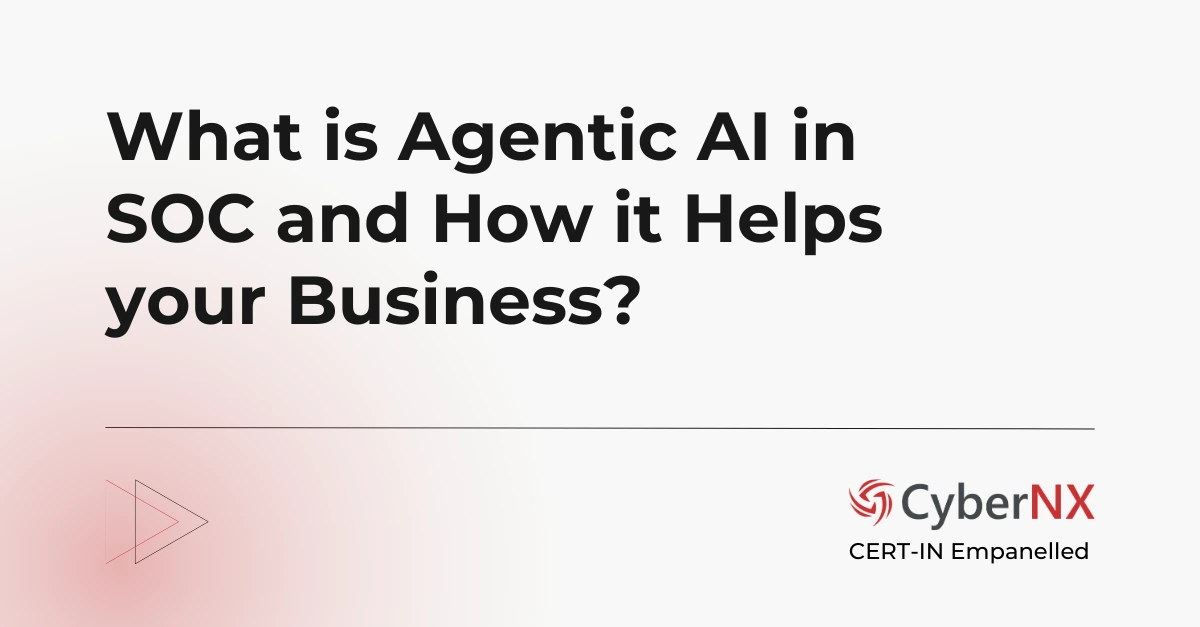We are living in a digital world where threats hide in systems which look and behave normally. Therefore, tools that learn what “normal” really looks like for people, devices and apps have become indispensable.
User and Entity Behaviour Analytics or UEBA does exactly that. It learns what normal behaviour, analyse them every day and turns streams of logs and events into simple signals: either positive or negative. The right UEBA tools reduce noise, catch insider risks and speed up investigations so teams can act where it matters most.
Explore everything you need to know about this all-important tool in our blog UEBA Guide.
In this blog, our experts have compiled a practical guide to seven best UEBA tools or enterprise solutions. Plus, we have defined what each excels at, and which businesses and teams could benefit the most.
What Makes a Great UEBA Tool (Quick Checklist)
Long before AI adoption, security professionals depended on UEBA tool with advanced analytics, machine learning and pattern recognition to analyse user and entity behaviour. What else makes it a great tool in the hands of an expert? Find out:
- Learns baselines for users and devices automatically.
- Produces few high-value alerts rather than many noisy ones.
- Integrates with your logs, identity systems and incident workflows.
- Helps investigators understand “who did what, when, and why.”
Top UEBA Tools in 2026
Security teams in 2026 are looking beyond surface-level monitoring and investing in UEBA tools that provide context-rich and behaviour-driven insights. These platforms help organizations detect subtle insider threats and compromised accounts with greater speed and confidence. This list is compiled based on our experience of using many of these platforms plus detailed research and reviews from trusted sources like Gartner and G2.
1. Splunk UBA – Deep visibility where Splunk is already Central
If Splunk is your logging backbone, Splunk’s UBA capabilities give tight integration, leveraging existing data and dashboards to surface anomalous behaviour. Its strength is contextual investigations tied to the rest of your Splunk analytics – a natural choice for teams already invested in the Splunk ecosystem.
2. Rapid7 InsightIDR – Practical UEBA Inside a SOC-focused Bundle
Rapid7 packages user behaviour analytics inside InsightIDR, a combined SIEM/XDR product aimed at small-to-medium SOCs. The appeal is ease of deployment and built-in workflows for detection and response – useful for teams that want quicker time-to-value rather than building a large custom stack.
3. Varonis – Data-centric Behaviour Analytics
Varonis approaches UEBA from a data-protection angle: it focuses on file activity, permissions and data movement, and flags unusual access patterns around sensitive data. This makes Varonis especially strong for organizations worried about data exfiltration, privileged-file misuse, and compliance-related risks.
4. Exabeam – Behaviour-first Detection, Fast Investigations
Exabeam is built around behaviour models and automation that tie suspicious events into story-like timelines, making it easier to see how an incident unfolded. It’s often chosen by teams that want strong behavioural detection plus playbooks to automate routine response steps. If you want a platform that emphasizes analyst productivity and clear incident context, Exabeam is worth evaluating.
5. Securonix – Cloud-native Scale and Advanced ML
Securonix offers a cloud-native UEBA approach with extensive machine-learning models and pre-built content for common insider and data-exfiltration scenarios. It scales well for large volumes of telemetry and is a fit for enterprises that need advanced analytics combined with ready-to-use detection templates.
6. LogRhythm – UEBA as part of a Proven SIEM stack
LogRhythm bundles UEBA into its SIEM platform, using machine learning models and anomaly scoring to highlight risky users and devices. It’s suitable for teams that want behaviour analytics integrated into their core logging and correlation workflows rather than a separate tool.
7. Microsoft Sentinel (Entity Behaviour) – cloud-first, broad coverage
Microsoft Sentinel offers UEBA capabilities that tie into Azure and Microsoft 365 signals, building baselines across identities and devices in your tenant. For organizations already on Microsoft cloud services, Sentinel’s UEBA gives native coverage and easy access to identity and authentication telemetry.
Quick Glance: Top 7 UEBA Tools in 2025
Here is a quick comparison of top UEBA tools you should use in 2026:
| TOOL | KEY STRENGTH | BEST FOR |
| Splunk UBA | Integration with Splunk SIEM ecosystem | Organizations already invested in Splunk for logs and analytics |
| Rapid7 InsightIDR | Easy deployment with built-in SOC workflows | Mid-sized teams seeking quick value and all-in-one detection |
| Varonis | Data-centric monitoring of files and permissions | Businesses prioritizing sensitive data protection and insider risk |
| Exabeam | Behaviour-based detection with automated incident timelines | Teams needing fast investigations and context-rich alerts |
| Securonix | Cloud-native scale with advanced ML models | Enterprises handling large, complex data environments |
| LogRhythm | UEBA tightly integrated into SIEM stack | Security teams preferring unified log + behaviour analytics |
| Microsoft Sentinel | Cloud-first entity behaviour analytics with native Azure/365 coverage | Organizations operating heavily on Microsoft cloud services |
Choosing the Right UEBA Tool for Your Team
Picking between these tools comes down to three simple, practical questions:
1. Where do most of your logs and identities live?
If you’re IT environment constitute of Microsoft shop, Sentinel will be convenient. On the other hand, if Splunk is central to your security programs, Splunk UBA will reduce integration work.
2. Do you need data-centric detection or broad network/identity coverage?
For some organizations, data is their biggest digital asset. This includes finance and healthcare industries. For them, Varonis is data-focused and therefor suitable. For rest, other platforms offering broad telemetry coverage is apt for security.
3. What level of managed support vs. in-house tuning do you want?
If you are a startup or SMB with no security team, Rapid7’s platform is built to assist in faster setups. While platforms such as Exabeam and Securonix focus on deeper customization, which is helpful for established companies with existing security and mature SOCs.
Also consider operational fit: how alerts are prioritized, how easy it is to investigate a chain of events, and whether the tool reduces analyst time per incident. The goal is fewer high-confidence alerts that your team can actually act on.
Conclusion
UEBA tools are powerful when they translate noisy telemetry into clear, actionable insights. The best tool for your org will be the one that fits your data sources, team skills, and investigation workflows – not necessarily the one with the flashiest demo. Start with a short proof-of-concept focused on a handful of critical use cases (insider risk, account compromise, data exfiltration) and measure whether the tool reduces mean time to detect and investigate.
Contact us today for MDR services. Our advanced detection and response platform, global threat intelligence and seamless integration with tools like UEBA, SIEM and XDR protect business all around the clock.
UEBA Tools FAQs
What industries benefit most from UEBA tools?
Sectors like finance, healthcare, and government, where sensitive data and insider threats are high-risk, gain the most from UEBA tool adoption. These industries see value in UEBA because it helps meet strict compliance demands while reducing insider and advanced threat exposure.
Can UEBA tools replace SIEM solutions entirely?
No. UEBA complements SIEM by adding behaviour-focused analytics rather than replacing core log management and compliance functions. In practice, most organizations run UEBA tool and SIEM side by side for a complete security posture.
How do UEBA tools handle encrypted traffic?
Most rely on metadata, flow analysis, and context from identity and endpoint systems rather than decrypting content directly. This allows them to detect anomalies like unusual connection patterns without compromising privacy or performance.
What’s the biggest challenge in deploying UEBA tools?
The main hurdle is tuning models to your environment so that alerts are meaningful without overwhelming analysts with false positives. Success depends on gradual rollout, strong data integration, and ongoing refinement of baselines.





